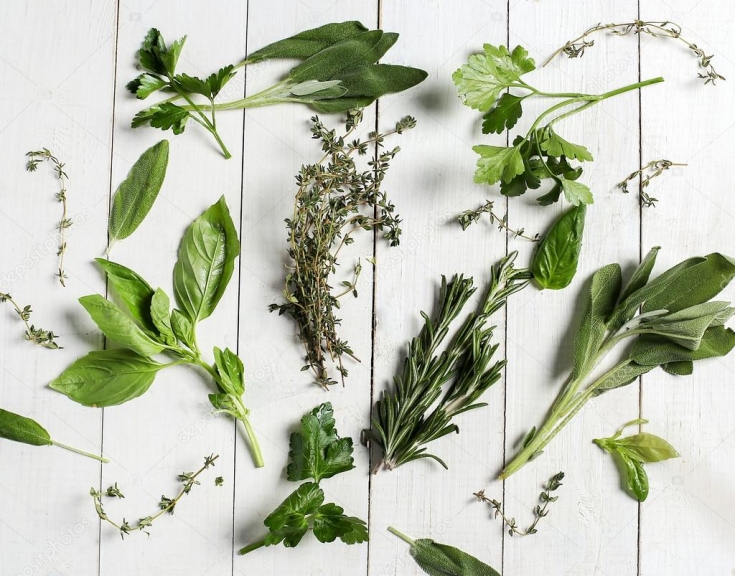Since ancient times, people have been trying to bring fresh food of plant origin into their spring diet. Today we can use it all year round, however, greenhouse plants still cannot be compared with greenery growing on the ground. Very close to people (both in the wild, and in garden plots as weeds), various herbs grow, the suitability of which for food is not suspected by everyone. In the spring (in anticipation of the appearance of ground vegetables), it makes sense to pay attention to such plants, actively collect them, use them in the preparation of various dishes, in order to make the most of the opportunity provided by nature's generous nature to improve the body.
Spring grass is incredibly healthy and always good for any feast.
Most edible spring plants contain almost all the substances our body needs.
Spring Grass: Sour
This spring grass grows most often in coniferous forests. As part of the greenery – an impressive amount of organic acids, which is ideal for including it in all kinds of soups and salads. It is good to add sour to potato pancakes, sauces, omelettes and even cheesecakes, it can perfectly replace citric acid or vinegar when preparing fish and meat dishes, and a drink from young leaves of the plant is similar to tea with lemon and perfectly quenches thirst.
Contraindications: not suitable for people with diseases of the urinary system, as well as those suffering from arthritis and arthritis (reason – high content of oxalic acid).
Spring Grass: Horsetail
Spore-bearing pistils on top of succulent horsetail stalks are considered by connoisseurs to be the main plant delicacy of springtime. This spring grass contains a great variety of useful substances. Horsetail shoots are also distinguished by satiety, they taste similar to products made from cereals and flour. Horsetail is good in soups, salads, it can be boiled, fried, baked, and, of course, marinated.
Contraindications. If you suffer from kidney disease, eating horsetail can be harmful. It should also not be eaten by pregnant women and breastfeeding mothers.
Spring Grass: Sheep Primrose
This spring grass is very delicate in taste, its fresh leaves – just a storehouse of useful substances, minerals and various vitamins. Leaves are good to use for cooking first courses, omelettes, salads, while flowers (both dried and naturally – fresh) can be used for brewing tea. Also, primrose (all its parts, up to the roots) has long been used both as a pharmacy drug and as a folk remedy. xxxx>
Bracken contains a minimum of fat, saturated with carbohydrates and protein. This, in fact, a dietary product activates the metabolism, and its regular use in salty form eliminates radionuclides from the body.
The shoots of the plant can also be included in salads, stew, fry.
Contraindications.Since bracken contains toxic substances (albeit a little), dishes with it should not be consumed
pregnant women
and lactating, as well as preschoolers. Adults can include this spring grass in their diet in reasonable doses. Spring grass that is supposed to be eaten (dandelion, gout, nettle, quinoa can also be included) is prohibited from collecting near industrial enterprises, in city parks , near highway and railway roadsides, near livestock farms. And people involved in the collection of raw materials need to have experience and the ability to distinguish edible plants from outwardly similar to them, however, carrying danger. And to avoid
Read also: Helpful spring herbs for health







Add a comment